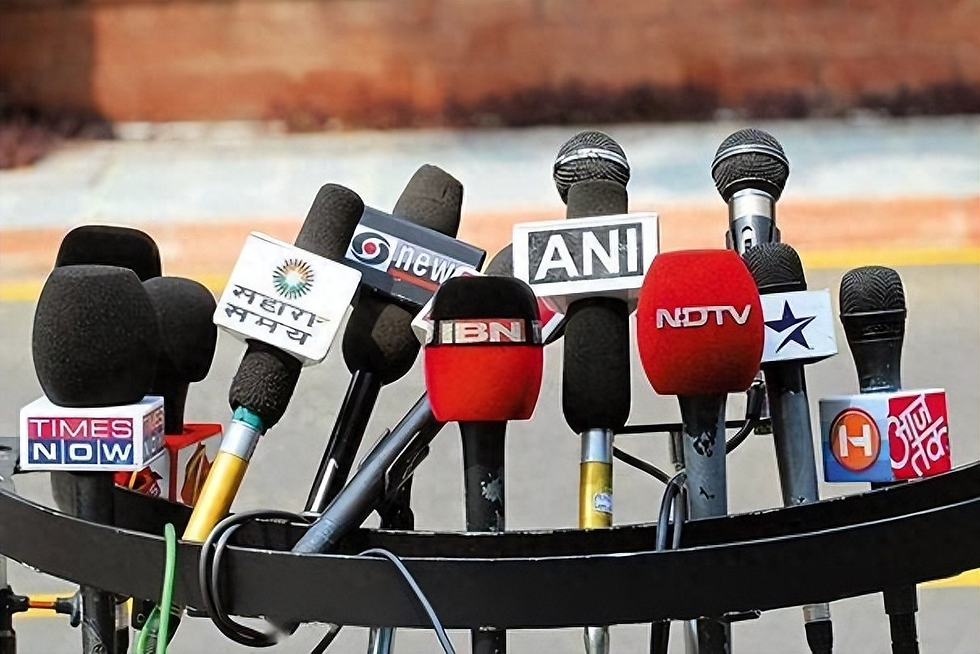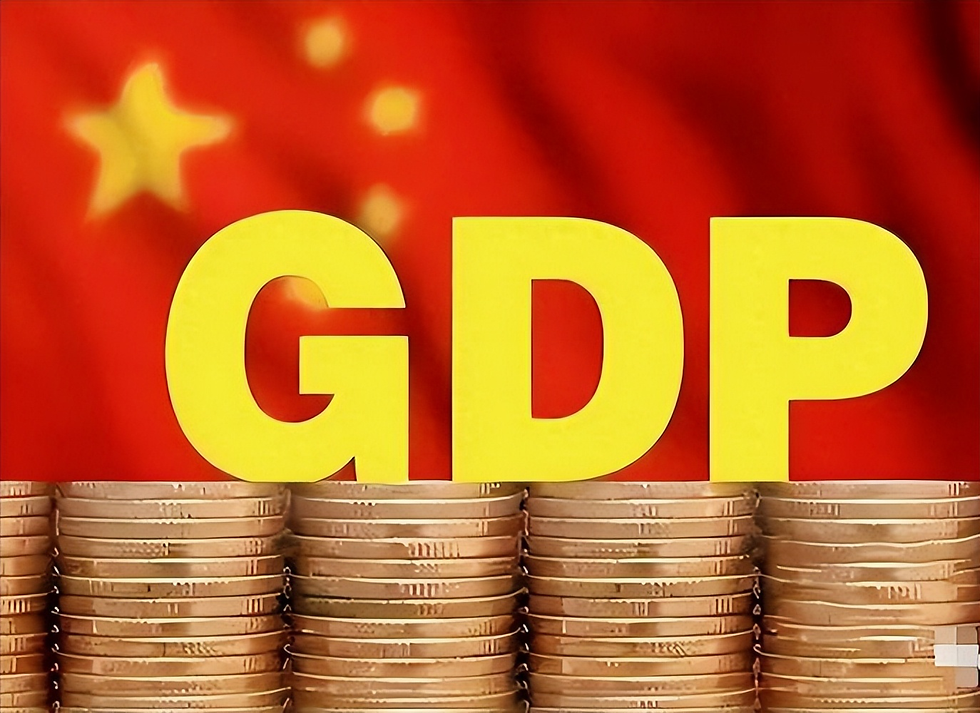Americans analyze the biggest difference between Chinese and Indian people.
- CosDream News

- Aug 25
- 2 min read
India has a confident voice, claiming to be a superpower.
However, in the eyes of many foreign analysts, India's rise seems to remain at the level of slogans.

Meanwhile, China has demonstrated true rise through tangible reforms and rapid economic growth.
This gap is especially evident in the political meetings and actual implementation of policies in both countries.
For example, in 2013, while China’s Third Plenary Session planned a series of profound reform measures behind closed doors, Indian politicians were still on stage shouting slogans and performing.
The practical effects of their reforms were far behind those of China.
The author points out that the key to whether policies can be effectively implemented lies not in the statements made during meetings.

It lies in whether they can be put into practice afterward.
Since China's reform in 1978, large-scale land and agricultural reforms began in rural areas.
These reforms promoted farmers' autonomy in production and fostered rapid agricultural development.
In contrast, India’s agricultural reforms, though having the “Green Revolution,” have failed to fundamentally change the system.
Agricultural efficiency has never improved.

China, through its reforms, developed a modern economy centered on manufacturing.
It successfully established a global manufacturing base.
Meanwhile, India is clearly lagging in infrastructure development.
This has made its manufacturing sector and foreign investment attraction much weaker than China’s.
China's reforms started with agriculture.
Through the Household Responsibility System, agricultural productivity was greatly increased.

Though India experienced the Green Revolution, it failed to form a good agricultural industrial chain.
India still relies on food subsidies and government grain reserves.
China’s manufacturing sector rapidly rose, from OEM to independent brands.
It attracted high-end manufacturing talent.
Companies like Huawei and BYD gradually emerged, driving China’s rapid economic development.
In contrast, India faces issues such as frequent power shortages in factories and worker strikes due to lagging infrastructure.
This has made its manufacturing sector much weaker than China’s.
The author emphasizes that youth is the real driving force of a country.
In China, a large number of young Communist Party members excel in frontline roles such as poverty alleviation, scientific research, and engineering.
However, the young elite in India mostly choose to work abroad or immigrate permanently.
This has led to a shortage of domestic foundational work positions and a high vacancy rate in civil service recruitment.
Through policy guidance and social mobilization, China ensures youth involvement in all aspects of national development.
Especially during the pandemic, the number of university student volunteers was vast.
This showcased China’s strong capacity for social mobilization.
In contrast, India has failed to effectively mobilize and utilize its youth.
Many young people are drawn abroad, leading to a serious loss of talent within the country.
The gap between India and China is not only reflected in slogans and execution but also in the mobilization and utilization of youth power.
Through practical reforms, systematic execution, and social mobilization, China has successfully driven rapid national development.
Meanwhile, India remains trapped in empty talk and meetings.
Despite having a large population and resources, India has failed to generate effective reform momentum.
The gap between the two countries is ultimately reflected in various aspects such as economy, infrastructure, and social mobilization capacity.
Especially as global competition intensifies, the importance of practical work and execution becomes even more evident.





Comments